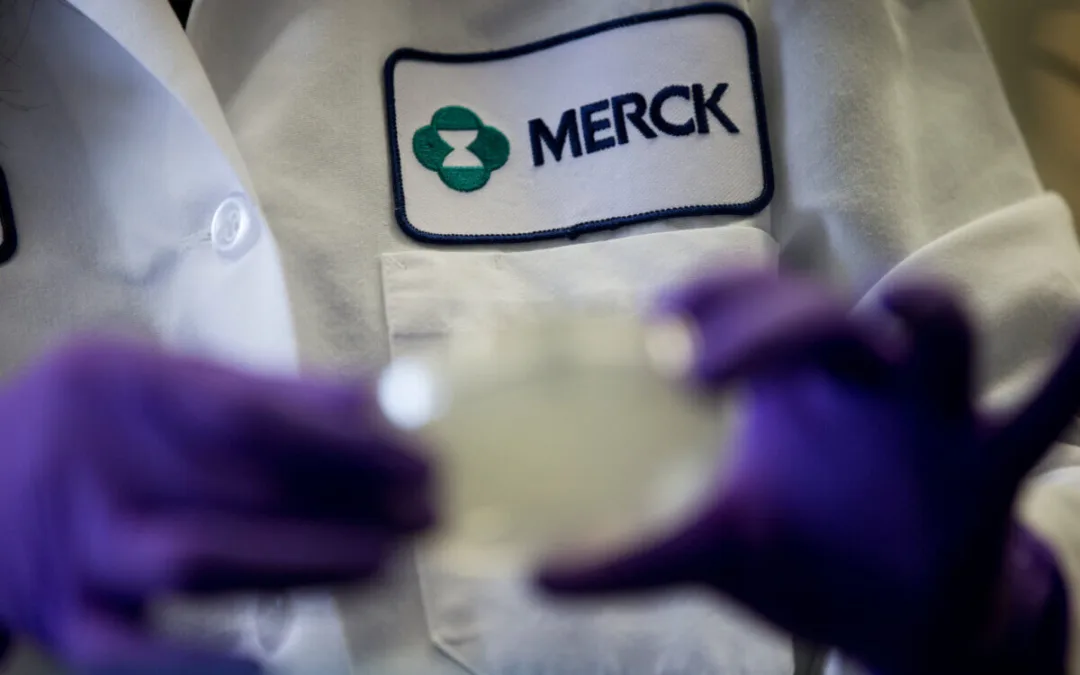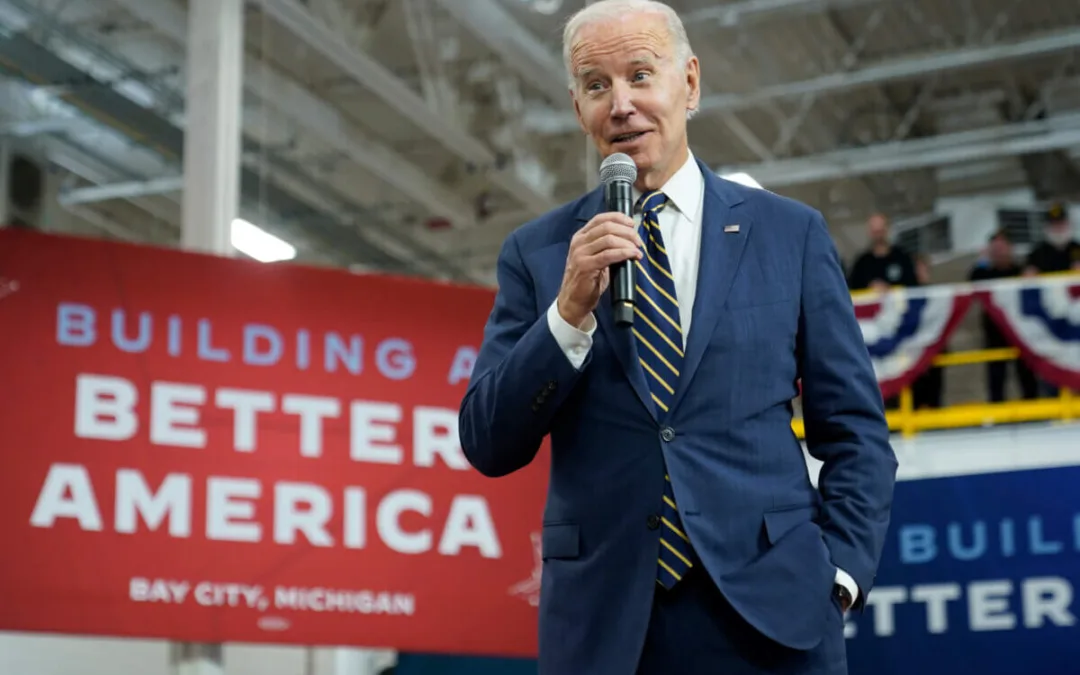
Graphic via Desirée Tapia for The Americano
All of the island’s political parties have female candidates on their roster, but the ratio is low considering that women make up 53% of Puerto Rico’s population.
SAN JUAN — Out of the 670 aspiring candidates for electoral positions in Puerto Rico’s 2020 elections, 146 are women, according to a study by Proyecto 85, a non-profit and non-partisan organization that seeks to increase the participation of women in government.
The actual number of electoral seats to be filled is 161, which include governor, resident commissioner, Senate, House of Representative and mayoral positions.
RELATED: What You Need To Know About Voting in the Puerto Rico Local Primaries During Coronavirus
The 146 women aspiring for these seats represent 22% of the total electoral participants, a low percentage when taking into account that women make up 53% of Puerto Rico’s population.
However, those numbers reflect a slight increase, compared to the 2016 elections, as 22 more women are aspiring candidates this year.
“Although there was an increase, we recognize 22% is still low and does not reflect the reality of Puerto Rico’s population,” Natalie Caraballo, co-founder and executive director of Proyecto 85, told The Americano.
One positive aspect of these numbers is that there are more women running for candidacy in nearly every political party.
The Partido Popular Democrático party (PPD by its Spanish initials), has the highest increase of women running for various positions, with 48 in total. This represents 18 new women running in comparison to the 2016 elections. These candidates represent 21% of their total aspirants.
In the Movimiento Victoria Ciudadana (MVC by its Spanish initials), a new political party, there are 23 women among its 52 contenders, or 44%, making it the party with the highest number of female candidates.
The Partido Independentista Puertorriqueño (PIP by its Spanish initials) has four more women candidates compared to the 2016 elections, for a total of 33. That’s 24% of its total candidates.
Even though Partido Nuevo Progresista (PNP by its Spanish initials) has eight fewer women compared to the past election, it still has 47 women contenders, which is 17% of its total candidates.
What About the Governor’s Race?
For the governor’s seat, there are three women contenders. Alexandra Lúgaro is the only candidate running from the Movimiento Victoria Ciudadana party.
For the other political parties, candidates have to be elected in primaries held by Puerto Rico’s State Elections Commission (CEE by its Spanish initials) on August 9.
Current Governor Wanda Vázquez will face former resident commissioner Pedro Pierluisi for the PNP governor candidacy. Carmen Yulín Cruz, Mayor of San Juan, will compete in the primaries with Senator Eduardo Bhatia and Isabela Mayor Charlie Delgado for the PPD candidacy.
RELATED: A Record Number of Women Are Running for Office in 2020
For the island’s 78 municipalities’ mayoral positions, 35 of them are female candidates. Gurabo’s ballot is composed entirely of women. That could also be the case in Canóvanas, depending on the results of their primaries.
Caraballo explained there are is no official data that would show actions taken by political parties to encourage women to enter the political arena.
Proyecto 85 checked each party’s regulations to evaluate their efforts to attract female candidates and found very few stipulations. For example, the PNP requires mayoral candidates to have a woman running for the municipal legislature.
Project 85 has observed that none of the parties are making an effort to include women in their ranks. Caraballo mentioned that in 2004, María Dolores Fernós spearheaded a similar study as head of the Women’s Advocate Office in Puerto Rico. The research proved that political party efforts to include women in governmental positions were next to nothing.
“We are in 2020, 16 years later—and we’re almost in the same boat. Very little progress has been made,” Caraballo added.
The feedback Proyecto 85 constantly gets from women is that they find it difficult to have equal access to high-ranking political positions.
Mujeres al Poder
Caraballo explained that by not having women in political positions, laws and public policy are created without taking into account the different backgrounds, perspectives and environments that women promote. For Proyecto 85, it is not enough that women’s perspectives are considered.
“As women, we must be an intrinsic part of the formulation of public policy. And when we are not represented, public policies do not reflect the needs of the female population in Puerto Rico,” said Caraballo.
Studies show that women in politics tend to address issues differently than men. They pay more attention to specific bills such as education, childcare and family-health legislation.
Caraballo thinks these results are of great interest, but also believes that women have much more to contribute on issues such as economics, science, and technology.
“Definitely, by having a greater representation of women in politics, we are convinced that this could yield a more inclusive public policy,” Caraballo concluded.
RELATED: Tuesday Was a Huge Night for Women of Color Candidates
Politics

Teamsters and UPS Reach Tentative Deal to Avoid Strike, 340,000 Workers to Get Raises
The tentative deal represents a huge win for full- and part-time UPS Teamster workers, who would get significant pay raises and better working...



One Republican Senator Is Blocking 265 Military Promotions, Leaving the Marines Without a Confirmed Leader
Sen. Tommy Tuberville's decision means these military officers are not getting the pay raises they’re owed, cannot move their families to wherever...
Local News



Teamsters and UPS Reach Tentative Deal to Avoid Strike, 340,000 Workers to Get Raises
The tentative deal represents a huge win for full- and part-time UPS Teamster workers, who would get significant pay raises and better working...



One Republican Senator Is Blocking 265 Military Promotions, Leaving the Marines Without a Confirmed Leader
Sen. Tommy Tuberville's decision means these military officers are not getting the pay raises they’re owed, cannot move their families to wherever...




